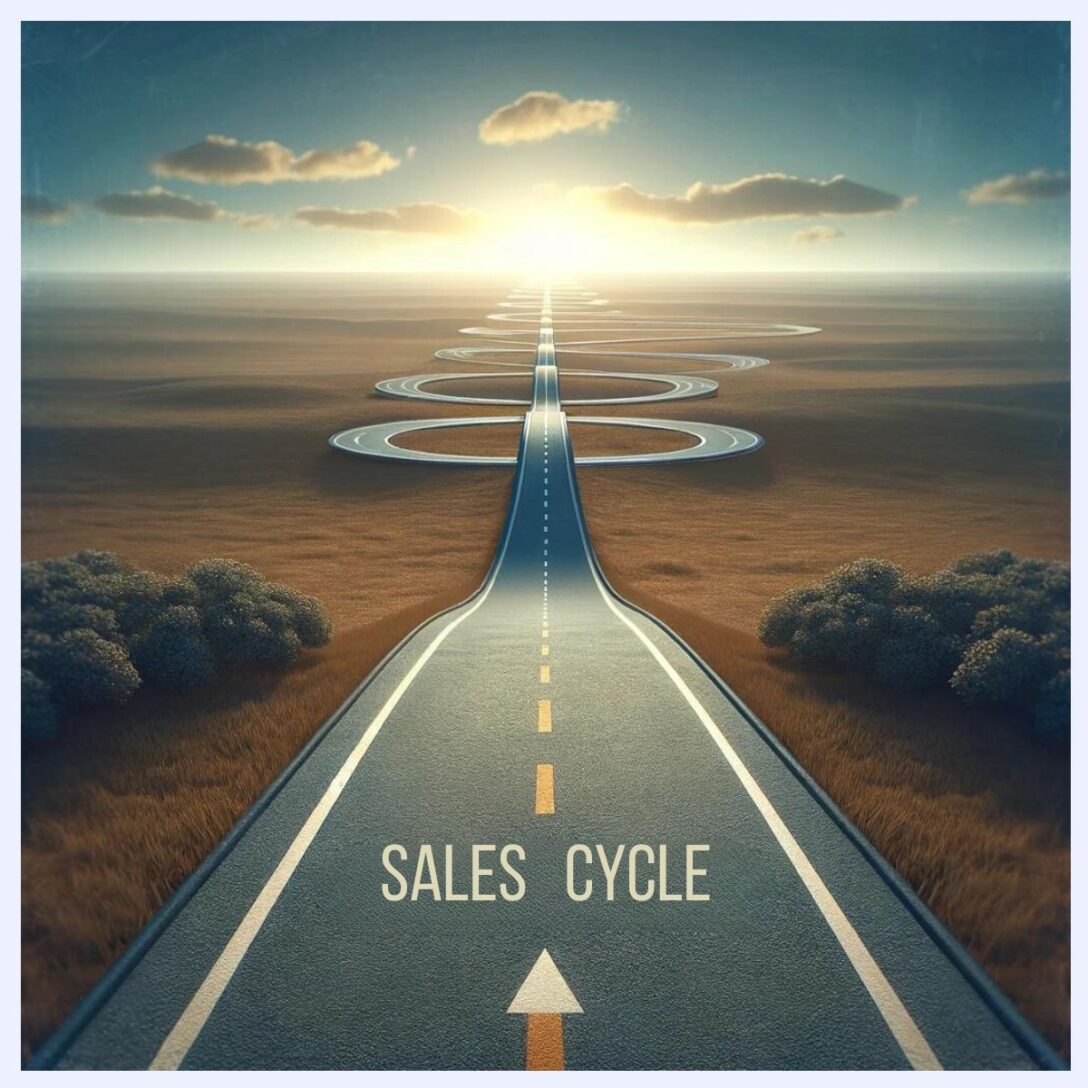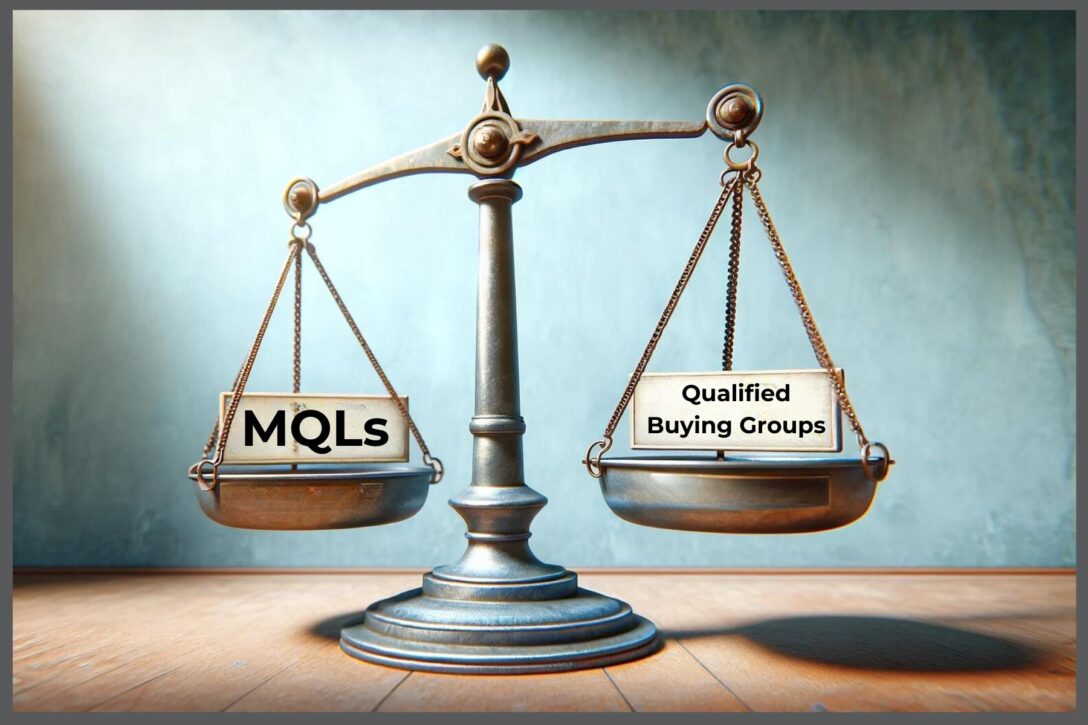Although many sellers rely on the popular MQL (marketing qualified lead) metric, the reality is, MQLs don’t work when your B2B buyer is a committee.
For today’s direct-purchase, high-consideration products, the product or service being sold requires input from multiple individuals and stakeholders in order to make a purchase decision.
This is the buying committee.
And, it doesn’t seem to matter what version of a Lead or Account-centric model you try.
Whether it’s demand gen, lead gen, ABM or ABX, they’re all failing to deliver an efficient, effective revenue process when the buyer is a group.

MQL Processes Are Breaking Down
More and more, Sales and Marketing teams find that when dealing with a buying committee, Lead-focused processes are largely ineffective.
Here are the tell-tale signs:
- The majority of Opportunities are either Closed-Lost or recycled
- Lead-to-Opportunity conversion rates are low, wasting resources and spending
- Opportunities have only one Contact when there are obviously more people on the buying team
- The Sales team has no visibility into the interactions of the full buying team
- SDR, BDR, and Marketing teams are chasing after high Lead volumes that don’t convert down the funnel
Companies are stuck on a hamster wheel of MQLs that don’t convert and don’t result in revenue.

Six Reasons Why MQLs Don’t Work

#1 Lack of Insight
Focusing on Leads underestimates all the personas on the full buying committee. Essential context about the group making the buying decision is missing, including relevant buying signals.
Further, when focusing solely on Leads and Contacts, sellers can’t see the buyer overlap and the influence those disparate Opportunities have on the Account as a whole.
#2 Poor Buying Experience

Treating members of a buying group as individual Leads often creates a poor buying experience.
First, traditional marketing automation may assign Leads from the same company to different sellers, creating multiple MQLs rather than connecting them to a buying group.
Further, without insight into all the buying group signals, sellers do not engage with buying committee members with the right content at the right time.
Buyers may be placed in the wrong nurture tracks or receive disjointed messaging.

#3 Waste of Marketing Investment
Treating buying groups as MQLs leads to wasted marketing investment and missed Opportunities.
Without a clear understanding of who to engage with and what product to promote, sellers may spread their efforts too thin. Or, even worse, they’ll target the wrong individuals entirely.
#4 Leaky Sales Funnel

Under the MQL model, if a Lead is handed off too early, it may potentially sit untouched and go stale.
Then, if a Lead is handed off too late, a competitor may come in and steal the sale.
These process breakdowns create leaks in the sales funnel, and cause sellers to lose track of key members of a buying group.
Plus, some sellers place too much value on the first qualified buyer from an account. Then, they categorically disqualify a second Lead on the same buying committee. This pitfall is commonly known as Second Lead Syndrome.
#5 Longer Sales Cycle

Relying on one or two Leads or Contacts to disperse data to the entire group causes misinformation and long delays.
Plus, when the revenue process from Marketing to Sales only fits one contact, Sales is now tasked with the work to research the buying group.
This process extends the sales cycle.
#6 Low Conversion Rates
When sales reps accept Opportunities with only one Contact in the pipeline, deals have a lower conversion rate. As mentioned previously, the majority of most B2B organizations’ Opportunities are either Closed-Lost or recycled. Low conversion is a slippery slope to reduced profitability, limited customer engagement, and hindered growth.
The Buying Group Motion, an Alternative to MQLs
It’s time for a major shift where interactions with multiple buying team members and higher-quality Opportunities become the gold standard in go-to-market motions.
It begins by focusing on the buying group.
A buying group motion based on Opportunities doesn’t completely replace the Lead-centric or ABM models. Rather, it extends those motions, like a logical next step.
In a buying group motion, Marketing teams focus on identifying members of the buying committee and engaging with all of them.
Then, as Marketing creates and qualifies a buying group, they are placed into an Opportunity and sent to the Sales team.
This Opportunity-based motion satisfies the demands of multiple contacts while also allowing for multiple Opportunities from the same Account.
Plus, in this model, Marketing and Sales work collaboratively, coming out of their silos, and aligning around the same goal.

Positive Results
In a Forrester webinar, data management company Reltio shared the following benefits that resulted from their shift to buying groups:
- 20% increase in actionable sales pipeline
- Opportunities advanced 24% faster than prior year
- Closed Lost Opportunities reduced by 50%
- 20% YoY increase in pipeline
In addition, Reltio reports their BDRs now have more pipeline to work with and the quality of pipeline is better than under their previous MQL model.
“What we’ve seen is both quality and velocity have improved, which helps us achieve our revenue targets and our bookings targets.” – Maria Robinson, Head of Marketing, Reltio
Embracing Buying Groups for GTM Success
Continuing to apply MQL and ABM models to a buying group scenario is inefficient, largely ineffective, and will not result in the revenue growth your organization is seeking. The stats prove that MQLs simply don’t work well.
Many organizations have successfully made the transition from Leads and Accounts to buying groups, delivering measurable improvements to processes, pipeline, and revenue.
Likewise, consulting groups like Forrester and others have experience guiding organizations through this positive transition.
And, as always, LeanData is here to help.
Contact LeanData to learn how to operationalize a buying group motion today.










